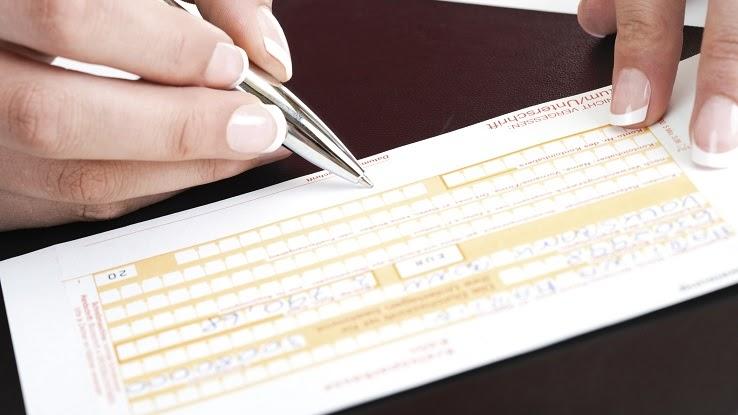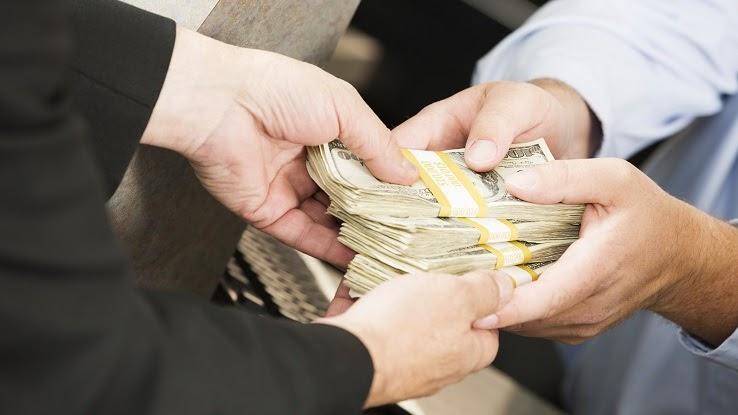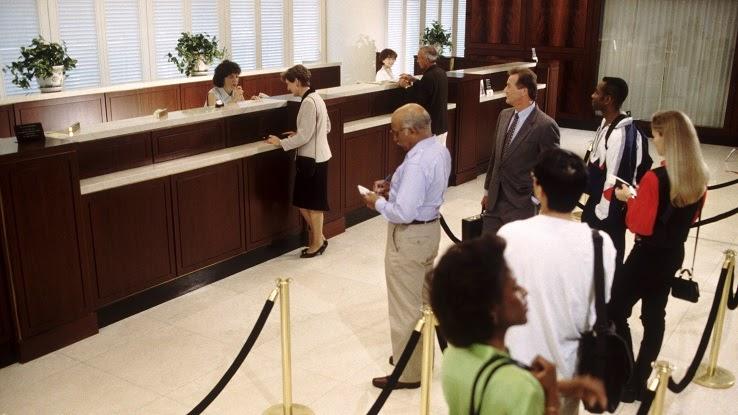
Have you seen the term “counter credit” on one of your bank statements? If you’re not familiar with what this means, it might set off some alarm bells. But feel free to relax — your bank hasn’t opened up a line of credit in your name without your permission, and you don’t owe anyone money that you didn’t actually spend.
Counter credit is a relatively new way of recording in-person deposits. If you’ve recently come across this phrase while taking care of your regular banking activities, learn more about why banks have started using this term and what it means for the deposits you make.
What Is Counter Credit?

There are several ways that money can enter a bank account. Counter credit, which is also known as a counter deposit, is one of them. As the name may suggest, counter credit refers to physically walking into your bank and handing money over the counter to the teller to have them deposit it into your account. These types of banking transactions show up as either a counter credit or a counter deposit on your bank statement.
Besides performing a counter credit, you can also deposit money into your bank account via an ATM. Many people have paychecks and other payments directly deposited into their bank accounts, too. Electronic funds transfers are another way money can enter a bank account, and millions of bankers even use mobile banking apps to deposit checks by taking pictures of them. Every bank has a way of noting each of these types of transactions on bank statements.
How Does Counter Credit Work?

Using counter credit is simple. Just about every physical bank has a table with pens and deposit slips. Find the deposit slip for the correct type of bank account — the account into which you want to deposit the money. (Many banks have separate deposit slips for checking and savings accounts, and some credit unions have other types of accounts like money markets.) Write the sum of all the cash you’re depositing, and write the amounts of each check you’re depositing on separate lines.
The deposit slip should also include space for an account number. If you don’t know your account number, a teller can provide it to you as long as you show identification. Once the slip is complete, present the deposit slip and any cash or checks to the teller. The teller can then credit the money to your account and give you a receipt. On your bank statement, this specific type of transaction can show up as a counter credit.
Why Do We Still Use Counter Credit?

Although most bank-owned ATMs have accommodations, apps and other methods of deposit people use, these can be difficult to use for people who have visual or hearing impairments. Many people also simply prefer to do this type of business in person, rather than using technology, because it’s more familiar and comfortable for them.
Counter deposits aren’t likely to go away anytime soon because banks are in the business of customer service. As long as people keep walking into banks to complete counter deposits, banks will continue to offer the service that their customers desire.
Advantages of Counter Credit

Although some people would do anything to skip waiting in line at a bank, others find counter credit to be more convenient. There’s less room for error because you count your money, fill out a deposit slip, the teller counts the money again and you receive a receipt documenting the transaction. Two people are given the chance to count accurately, and you can immediately speak up if something doesn’t seem right.
Counter credit is often the safest choice for people, such as business owners, who have large amounts of cash to deposit. The average ATM only accepts money in $20 increments, and many ATMs have limits on how many bills you can deposit in one transaction. If your deposit isn’t in $20 bills, it saves time and hassle to use counter credit. Even when you’re using a check, your ability to deposit it via an app or ATM depends on how legible the writing on the check is. If you’ve been paid by someone with sloppy handwriting, making a counter deposit inside is safer than doing a mobile deposit only for the software to misread the amount.
Counter credit gives you the option of circumventing hiccups in technology. During power outages, internet outages and software maintenance periods, electronic methods of depositing money may be unavailable. However, any bank that’s physically open has methods of accepting counter deposits, even if its computer systems are down.
Disadvantages of Counter Credit

Counter credit involves going inside a bank. During certain hours of the day, many banks are short-staffed because tellers often take lunch breaks in groups. During certain times of the week and month, banks are also busier because many businesses distribute paychecks on the same day. Counter credit can be an inconvenient method of banking when you’re in a hurry.
Shutdowns during the coronavirus pandemic highlighted a good reason for familiarizing yourself with other methods of depositing money. Although most banks were considered essential, occupancy limitations required customers to handle transactions via drive-up windows. Banks are commonly closed following natural disasters, and people who are comfortable using other methods of banking are able to handle transactions during these periods and on weekends and banking holidays.
Counter Credit Bank Statement Examples

Here are some examples of what counter credit can look like. If Raul visits his local bank branch, fills out a deposit slip and deposits $100 in cash with the teller, the money will be immediately credited to his account. If he leaves the bank and checks his mobile banking app, he’ll notice the term “counter credit” next to a $100 deposit when he checks his recent transaction details. The same transaction will appear on his bank statement at the end of the month. Similarly, if Cynthia deposits two checks for $100 each and a $50 bill with the teller at her local bank, she’ll see a bank statement counter credit for $250.
Counter credit differentiates in-person banking transactions from those that happen online, via ATM or via direct deposit. This labeling makes it easier for both customers and the bank to understand the cash flow of an account. Having different notations for different types of transactions simplifies the process of determining the root of the issue should any statement discrepancies arise.





